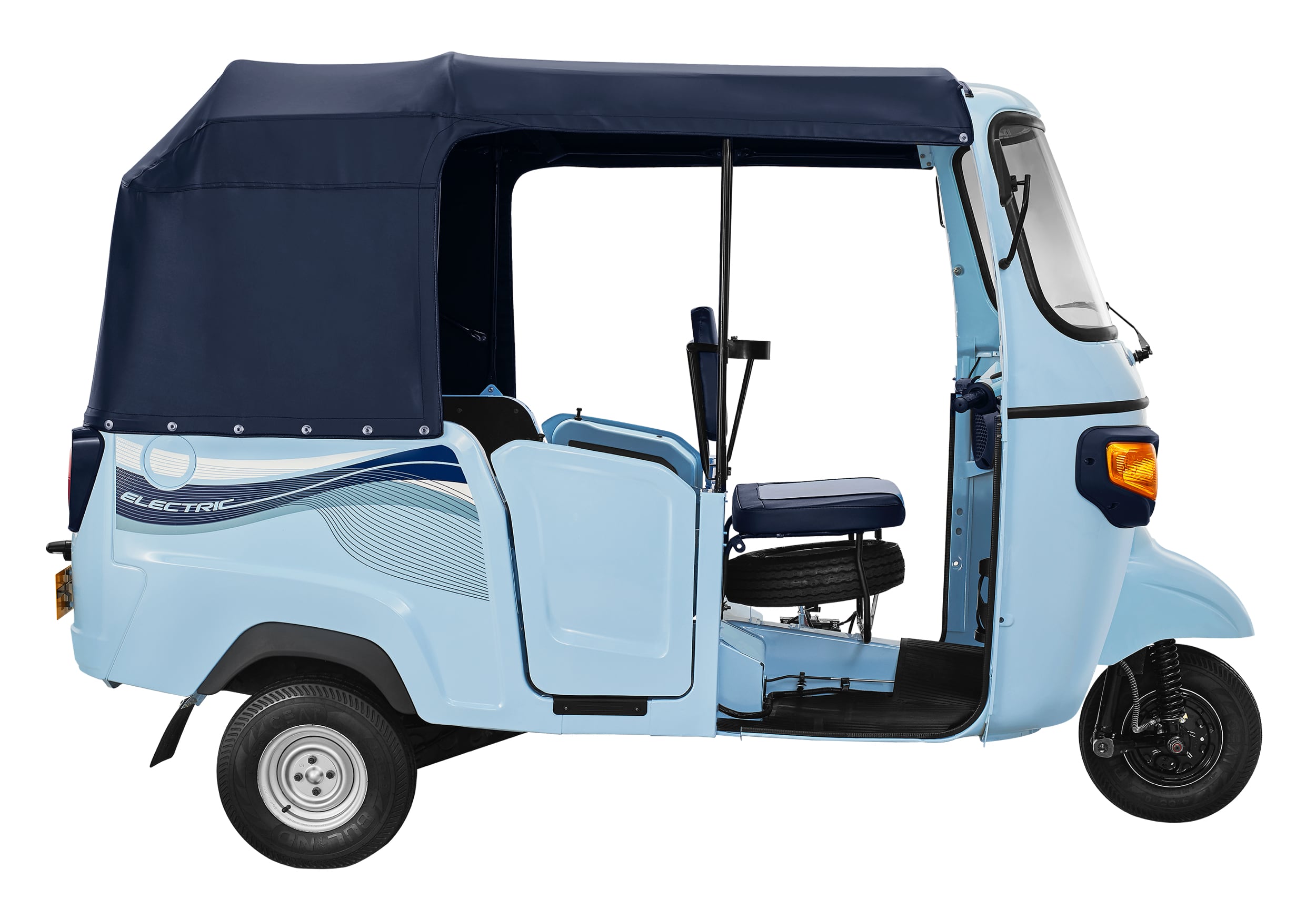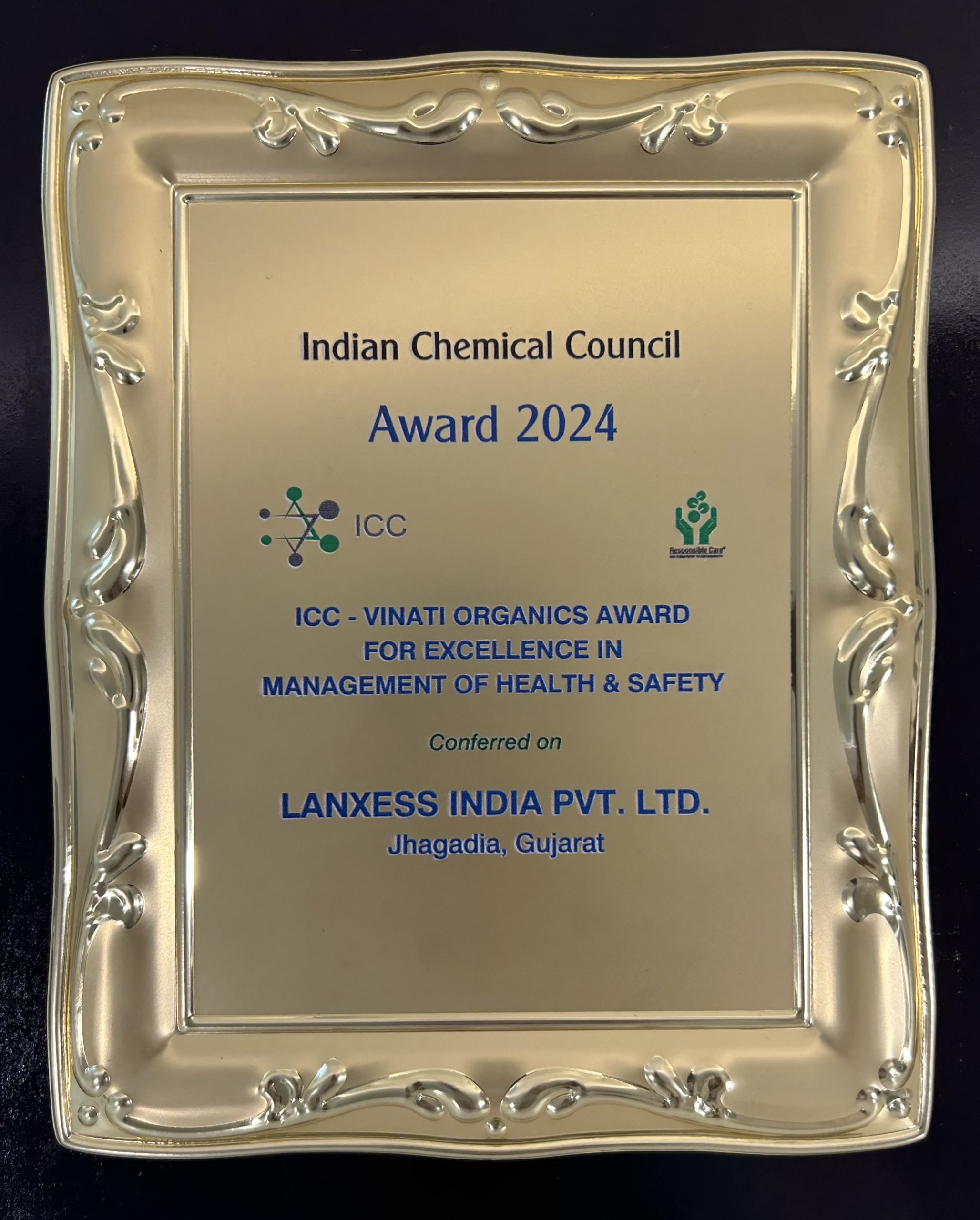The versatile metal is anticipating prominence writes R K Jain – Sr. Vice President-Corporate Affairs, Jindal Aluminium Limited
In everyday life, one finds aluminium being used in many applications, starting from consumer appliances, construction, automobiles, and packaging to space vehicles and more. As a versatile metal offering positive efficiency, safety, and durability, aluminium is not just the fastest growing metal but also brilliantly caters to present-day requirements and complex engineering demands. But unlike other worthy metals, the Indian downstream aluminium sector has long awaited its due or recognition. The lack of a policy framework has resulted in large-scale imports of downstream aluminium at prices that
domestic manufacturers cannot compete with.
Presently the downstream aluminium sector in India has around 2,500 players with a processing capacity of 3.9 million tonnes. It comprises both large and mid-size firms and a much more significant number of smaller and unorganised players. The industry has time and again voiced the need for a policy-driven focus by the government. The sector will primarily benefit from a policy that focuses on the entire spectrum and offers a level playing field.

Policy Recognition
Creating a policy for the downstream aluminium segment will be a game-changer and a definite boost for the country’s economy at large. India needs an approach that will put the downstream aluminium sector on the fast growth track. The Niti Aayog too has pressed for such a policy framework. In its report titled ‘Need for an Aluminium Policy for India’, the Niti Aayog has highlighted how compared to a world average of 11 kilograms, India has a per capita aluminium consumption of 2.5 kilograms, which is low! As far as consumption goes, a look at the global markets shows that the auto and transport sector accounts for 23 per cent of aluminium consumption. Globally, this is followed by construction at 22 per cent, packaging at 13 per cent, electrical at 12 per cent, machinery and equipment at 8.5 per cent each. Consumer durables consume 4.5 per cent, and other segments amount to four per cent. In India, the power sector is the biggest consumer of aluminium at 48 per cent, followed by transport and automobiles at 15 per cent, building and construction at 13 per cent, and consumer durables accounting for seven per cent of the aluminium consumption.
Consumption and demand will rise to benefit from a policy that addresses issues of the downstream aluminium segment. For instance, imported downstream products enjoy advantages under various export promotion schemes approved by the government of their originating countries. Having a policy that focuses on providing a level playing field to the domestic downstream aluminium manufacturing will help arrest its declining domestic market share due to subsidy-backed aluminium imports making their way into the country. In continuing the trend of economic growth, aluminium consumption is expected to increase rapidly across sectors, especially with demand led by EV manufacturing which has received a push from the government. As the Indian aluminium industry forges forward, only a specific policy will ensure that this demand is met by domestic downstream aluminium and not by imports alone.
Planning Downstream
Further, India has a vast potential for increased aluminium consumption riding on Government initiatives comprising of make in India, smart cities, housing for all, rural electrification, dedicated freight corridors, high-speed railway networks, and many more. But for this Indian aluminium growth story to shape uprightly, there is an urgent need for policymakers to recognise that only if a level playing field is provided to Indian local industry will it enable them to invest and grow in a viable manner.
Key to Industrialisation
As a strategic metal, aluminium will continue to play a crucial role as India goes through a phase of further industrialisation. Being a corrosion-resistant and electrically conductive metal impermeable to air, water, ultraviolet, and microorganisms and particularly strong, it is ideal for many uses. Its essential role in shipbuilding and railways has been noted since the end of the 19th century. In the future, aluminium is set to find use in a wide range of areas, from new-age EVs to manufacturing equipment for the defence and security of our nation. As the role of aluminium in improving industrial performance marks its literal presence everywhere in our everyday life through cutting-edge solutions, it has managed to power the industry through its use in the design of futuristic products for every sector including automotive. ACI
——————————————
Jindal Aluminium Limited (JAL) is India’s largest aluminium extrusion company with a legacy spanning over 50 years. The company’s core business is the manufacturing of aluminium extrusions and aluminium flat-rolled products. With INR 30 Billion (USD 435 mn) turnover and with a production of above 1.25 lakh tonne in FY 2018-19, JAL is the leader in aluminium extrusions and is one of the leading companies in aluminium flat-rolled products in India.
——————————————
The opinions expressed within the content are solely the author’s and do
not necessarily reflect the opinions of ACI Magazine.













Leave a Reply